2004 Tahoe Mass Air Flow Sensor - MAF Swap
I know this is pretty simple stuff for those who are mechanically inclined, but I decided to make this a tech write up in case it helps someone out that could use it.
My engine light on went on and when I (my son) checked it with OBD reader, it displayed a P0101 – Mass Air flow circuit range/performance error.
NOTE: I had to first change my blown cigarette lighter fuse to power the OBD II reader (Thanks TYF!!, I has just read a thread about this).
I pulled the MAF, made sure it was free of debris and re-set the engine light. Note: I had a nearly brand new “high dust” filter, I put in a new filter anyway when I changed the MAF (just in case), but the filter should not have been the flow issue.
The light came on again, so I ordered a new MAF. I ordered an OEM Delphi MAF that I thought was a score for around $88.00 delivered, so I swapped it out.
Here is a pictorial (with short explanations) instruction on how to swap out (or clean) your MAF.
First, find the part you need for your specific application. With some google searches, I found the Delphi Part number for my 2004 Tahoe with a 5.3 gas is - Delphi AF10043
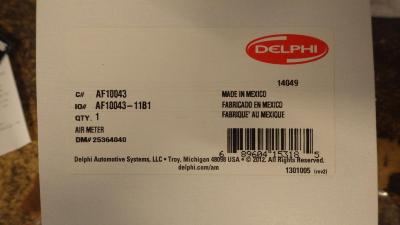
Get a new air filter too, so while you’re in the neighborhood, you change it out.
There are only a few places to take loose to get your MAF out. The electrical connection, where the top of the air box comes off (where you get to your air filter) and the two hose clamps.
To take the electrical connection off, first pry out the lock clip
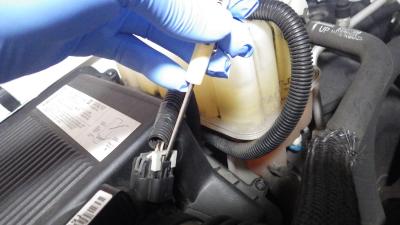
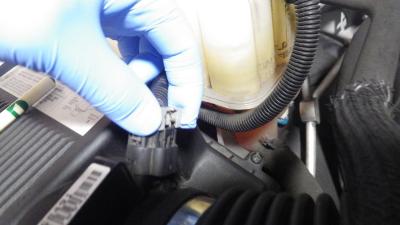
And then press the release on the electrical connector and remove from MAF.
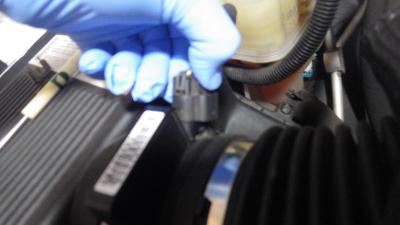
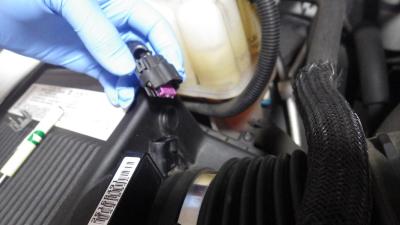
Take the hose clamp connections loose:
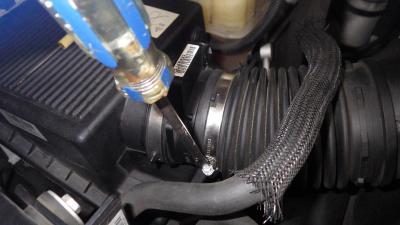
And the air box cover - 4 screws:
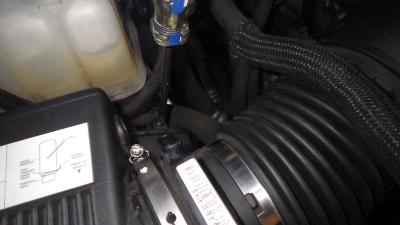
Take off the air box cover with MAF attached. Make sure your air box is clean – use a rag and some simple green or a shop vac if handy.
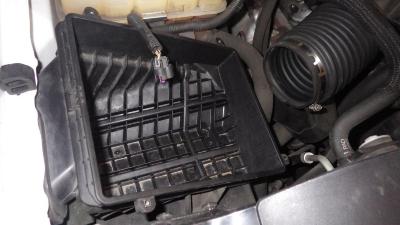
MAF still mounted to air box:
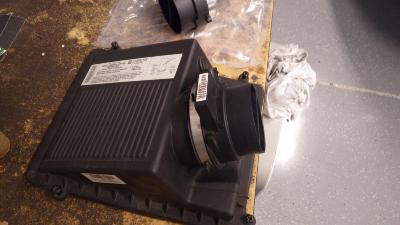
Old and new MAFS:
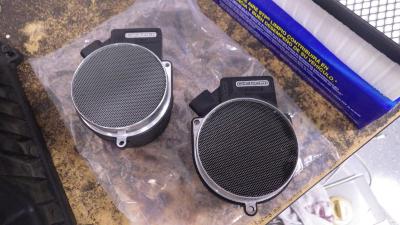
Swap out the MAFs and reassemble. Install your new air filter. Use some silicone grease on electrical connection. It keeps the connector from “freezing” together and it’s recommended for electrical connections.
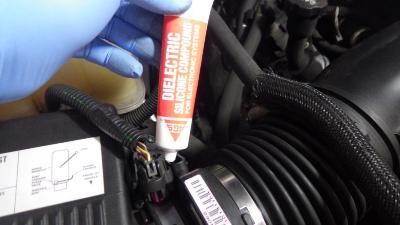
Wipe down after finish the job.
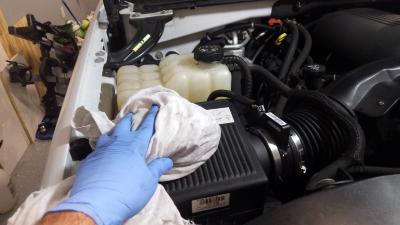
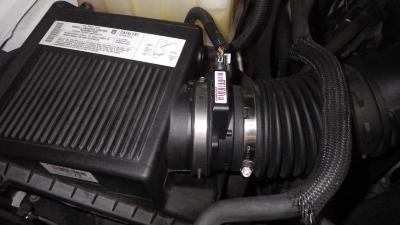
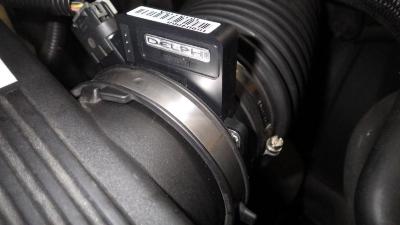
Cross your fingers and hope the damn thing starts! Clear the code the OBD tool and pray it doesn’t come back on.
THE END!

I know this is pretty simple stuff for those who are mechanically inclined, but I decided to make this a tech write up in case it helps someone out that could use it.
My engine light on went on and when I (my son) checked it with OBD reader, it displayed a P0101 – Mass Air flow circuit range/performance error.
NOTE: I had to first change my blown cigarette lighter fuse to power the OBD II reader (Thanks TYF!!, I has just read a thread about this).
I pulled the MAF, made sure it was free of debris and re-set the engine light. Note: I had a nearly brand new “high dust” filter, I put in a new filter anyway when I changed the MAF (just in case), but the filter should not have been the flow issue.
The light came on again, so I ordered a new MAF. I ordered an OEM Delphi MAF that I thought was a score for around $88.00 delivered, so I swapped it out.
Here is a pictorial (with short explanations) instruction on how to swap out (or clean) your MAF.
First, find the part you need for your specific application. With some google searches, I found the Delphi Part number for my 2004 Tahoe with a 5.3 gas is - Delphi AF10043

Get a new air filter too, so while you’re in the neighborhood, you change it out.
There are only a few places to take loose to get your MAF out. The electrical connection, where the top of the air box comes off (where you get to your air filter) and the two hose clamps.
To take the electrical connection off, first pry out the lock clip


And then press the release on the electrical connector and remove from MAF.


Take the hose clamp connections loose:

And the air box cover - 4 screws:

Take off the air box cover with MAF attached. Make sure your air box is clean – use a rag and some simple green or a shop vac if handy.

MAF still mounted to air box:

Old and new MAFS:

Swap out the MAFs and reassemble. Install your new air filter. Use some silicone grease on electrical connection. It keeps the connector from “freezing” together and it’s recommended for electrical connections.

Wipe down after finish the job.



Cross your fingers and hope the damn thing starts! Clear the code the OBD tool and pray it doesn’t come back on.
THE END!

